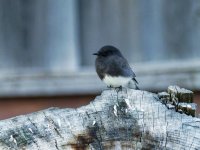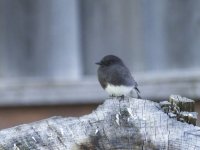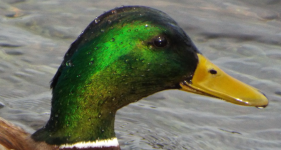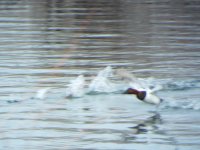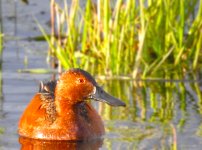C B Allen
Chris Allen
Just came upon this thread. While I now use an OM-1, I previously had an EM-1 Mk2 & Mk3 used with both the 300mm f4 PRO and (for a while) the Oly 100-400 and regularly took them out in the rain without worrying about (or having) any problems. Last year we spent 3 weeks in Costa Rica including a few days in cloud forest with several hours of light/medium/heavy rain (albeit with the OM-1) and again no problems. Just my experience of course but reassured me that there is some truth in the claims of good weatherproofing.
I don't know where you are in terms of post processing software but most products allow a free trial period so worth trying some out and seeing which (if any) you feel most comfortable with. Most products seem to work remarkably well these days and are particularly useful for allowing you to use much higher ISO settings than used to be the case - which is particularly handy for bird photography when you want to try to keep shutter speeds on the fast side.
For fun I downloaded your Black Phoebe & ran it through DxO Photolab 5 and ON1 (the 2 products I currently use). Results below - DxO followed by ON1. Not sure how much compression there is loading to Bird Forum!
Chris
I don't know where you are in terms of post processing software but most products allow a free trial period so worth trying some out and seeing which (if any) you feel most comfortable with. Most products seem to work remarkably well these days and are particularly useful for allowing you to use much higher ISO settings than used to be the case - which is particularly handy for bird photography when you want to try to keep shutter speeds on the fast side.
For fun I downloaded your Black Phoebe & ran it through DxO Photolab 5 and ON1 (the 2 products I currently use). Results below - DxO followed by ON1. Not sure how much compression there is loading to Bird Forum!
Chris




